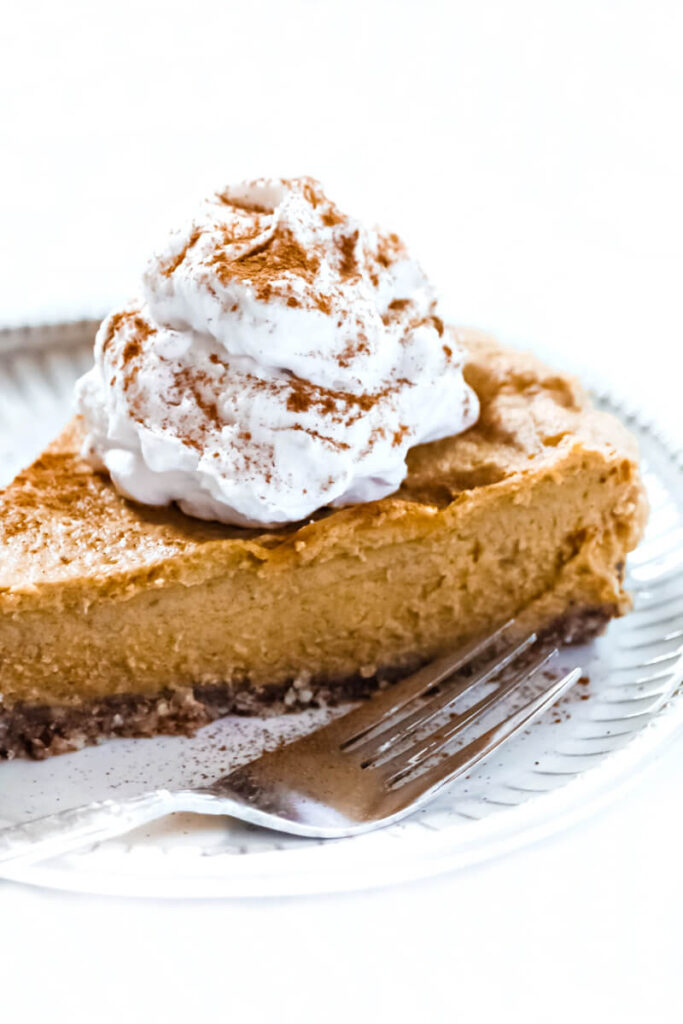
Pumpkin pie is a beloved fall treat, its warm spices and creamy filling evoking cozy autumn evenings. But have you ever wondered if it’s safe to eat pumpkin pie filling raw? While the thought might be tempting, especially when that freshly made filling is calling your name, it’s crucial to understand the potential risks involved. This article will delve into the safety of consuming raw pumpkin pie filling, exploring the ingredients and their implications for your health.
This article will outline the composition of pumpkin pie filling, highlight the specific dangers of eating it raw, explain the risks of foodborne illness, and provide essential guidelines for safe cooking practices to ensure you enjoy this delicious dessert without compromising your well-being.
Pumpkin Pie Filling
Pumpkin pie filling is a delightful blend of sweet and savory flavors, typically consisting of pumpkin puree, sugar, spices like cinnamon, nutmeg, and ginger, eggs, and dairy products such as milk or cream. These ingredients work together to create the smooth, creamy texture and rich taste that makes pumpkin pie so irresistible.
The pumpkin puree itself is generally safe to consume raw, providing a good source of vitamins and minerals. However, the other components of the filling present potential health concerns when eaten uncooked.
Eggs, for instance, can harbor Salmonella bacteria, which can cause food poisoning if consumed in their raw state. Similarly, dairy products like milk and cream may contain harmful bacteria such as Listeria or E. coli, posing a risk to your health if not properly pasteurized.
Raw Consumption Risks
Consuming can you eat raw pumpkin pie filling poses several significant risks due to the presence of potentially harmful bacteria in its uncooked ingredients.
Raw eggs can carry Salmonella bacteria, which can lead to symptoms like fever, diarrhea, abdominal cramps, and vomiting. These symptoms typically appear within 6 to 72 hours after consuming contaminated food. In severe cases, Salmonella infection can even result in hospitalization or death, particularly for vulnerable individuals such as young children, pregnant women, older adults, and those with weakened immune systems.
Dairy products like milk and cream used in pumpkin pie filling can also harbor harmful bacteria if not properly pasteurized. Listeria, a common contaminant in unpasteurized dairy, can cause listeriosis, a serious infection that can lead to fever, muscle aches, nausea, and diarrhea. In pregnant women, Listeria infection can be particularly dangerous, potentially causing miscarriage, stillbirth, or premature birth.
Foodborne Illness
Foodborne illness is a common ailment caused by consuming contaminated food or beverages. It occurs when harmful bacteria, viruses, parasites, or toxins enter the body through ingestion. Symptoms of foodborne illness vary depending on the specific pathogen involved but can include nausea, vomiting, diarrhea, abdominal cramps, fever, and headache.
In some cases, foodborne illness can be severe, leading to hospitalization or even death. It’s crucial to practice proper food safety measures to minimize the risk of contracting foodborne illness. This includes thoroughly cooking all foods, especially those containing eggs and dairy products, washing hands frequently with soap and water, and avoiding cross-contamination between raw and cooked foods.
Cooking Safety
To ensure your pumpkin pie filling is safe to eat, it’s essential to follow proper cooking safety guidelines.
Heating Temperature
The most important factor in eliminating harmful bacteria is reaching a high enough temperature during cooking. Pumpkin pie filling should be heated to an internal temperature of at least 165°F (74°C) to ensure that all potential pathogens are destroyed. Use a food thermometer to accurately measure the temperature at the center of the filling.
Baking Time
Baking time also plays a crucial role in ensuring safety. Pumpkin pie typically requires baking for around 45-55 minutes, depending on the size and recipe. Make sure the filling is set and bubbly around the edges before removing it from the oven.
Conclusion
While pumpkin pie filling is undeniably delicious, it’s crucial to prioritize your health and safety by avoiding raw consumption. The potential risks associated with consuming uncooked eggs and dairy products in the filling can lead to serious foodborne illnesses. By following proper cooking guidelines, including heating the filling to a safe internal temperature and ensuring adequate baking time, you can enjoy this beloved fall treat without compromising your well-being. Remember, when it comes to food safety, always err on the side of caution.
